
MG Motor India invited us to take a look at their Halol (Gujarat) manufacturing facility where they have created a more egalitarian workplace with the highest percentage of woman blue-collar workers in the automobile manufacturing industry
Story: Sayantan De
Photography: MG Motor India
The world we live in is not built for women. This extends to almost everything we see around us. Here are some instances: income disparity between men and women of similar rank and experience, medicines wherein doses are usually calculated on male body weight, public restrooms for men and women are given equal floor space despite different needs, and something as ubiquitous as a smartphone—it has become so big that it is increasingly difficult for women to operate an average-sized device, considering the average screen size has ballooned to 6.4 inches.
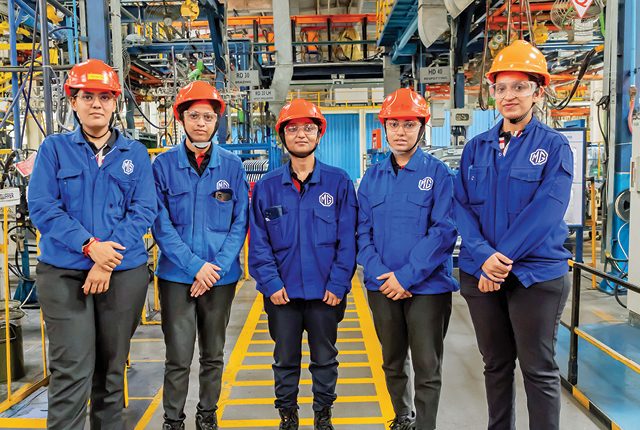
In terms of cars, for a long time, the crash-test dummies were based on the average male body, which meant women were 47 per cent more likely to incur serious injury. Also, protective equipment more often than not doesn’t account for different seating positions, as female drivers tend to sit closer to the steering wheel due to the shorter length of their legs. MG sought to change this when developing their cars, accounting for woman drivers right from the conceptualisation stage and, during testing, they ensured the assessment teams had as much diversity as possible to account for a varied user pool.
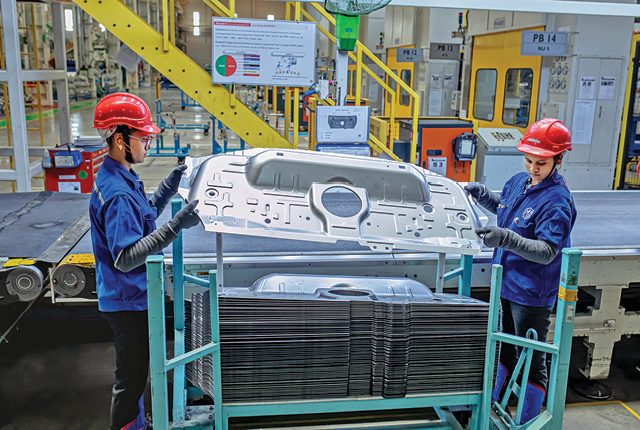
This is what led to the other thing we are talking about—women in blue-collar positions at the factory. The idea was that if the cars were built for both men and women, the cars should also be built by both men and women. This thought process was what led MG to the villages around the Halol factory even before production got under way. They went to villages within a 90-kilometre radius and talked to the village head (sarpanch), the village priest, and any other decision-maker to convince them to let their daughters work at the factory. ‘Ye ladkiyon ka kaam nahi hai’ (this work is not for girls) was what they heard from everyone, but they persisted.
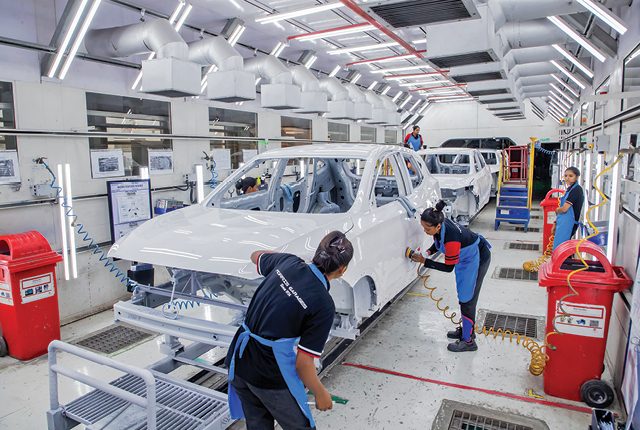
It was slow going at first as MG started with the first batch of 20 women who had no training, but things soon started to change. By 2019, the number of woman employees had risen to 28 per cent overall, which has now become 36 per cent over the years.

MG had to do many things to turn their dream into a reality, one of which was to provide ample restroom facilities throughout the shop floors. Gender sensitisation training needed to be conducted for both men and women, so that even woman employees were more comfortable taking orders from and giving orders to male employees. One of the biggest things MG did was not the construction of a hostel for woman workers with a capacity of 350, but achieving pay parity for both their male and female employees.

As for the Halol factory itself, those who have seen it back in the day under different ownerships would find it hard to recognise; so much has changed over the years. The main gate now has a proud octagon logo emblazoned on it, leaving no one in any confusion about which cars are manufactured there. The offices are plastered with photos of MG sports cars from yesteryears, such as MG TDs, MGAs, MGBs, and even a few MG TFs strewn about. The plant is spread over 170 acres of land and there is now a lot more greenery. (We did some other kind of green that we are not allowed to talk about as of now, but we expect to tell you about it soon enough.)
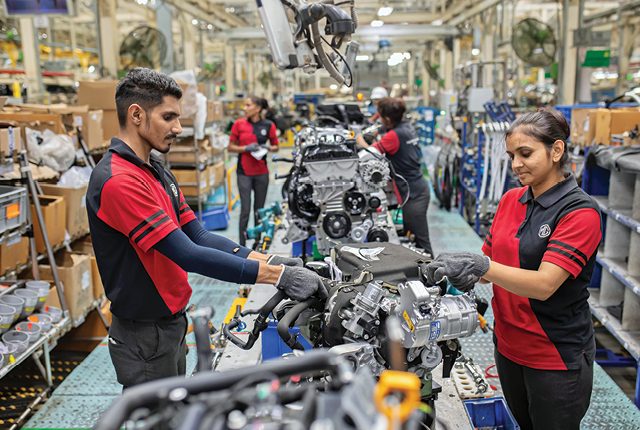
There are two assembly shops, one of which is of particular interest, for it assembles the MG Astor, the MG Hector, and the MG ZS EV—it is capable of handling both internal combustion engine (ICE) and electric vehicle (EV) powertrains. The other assembly area takes care of the MG Comet, their smallest offering, and the MG Gloster, their largest.

The plant is divided into the usual facilities, starting with the press shop, the body shop, the paint shop, general assembly, and, finally, quality. While every car is tested for quality, one in 200 cars is pulled out of the line and given a special inspection to ensure everything is in order. Most of the heavy lifting is done by massive industrial robots, as is the norm these days. Half of all the power consumed in the plant comes from renewable sources (government policies make it unprofitable to go above 50 per cent presently) and the quantity of recycled water used is very high. Also, the paint sludge, a hazardous waste, is sent to cement factories as raw material, reducing the environmental impact.
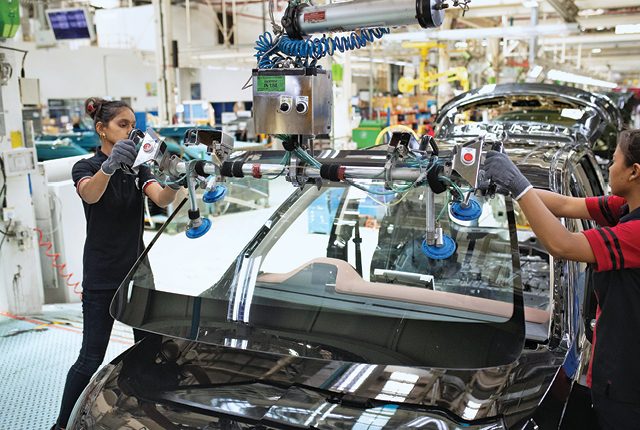
In the end, as impressive as the manufacturing plant was as a symbol of industry and also as a birthplace of the cars we love, I came away impressed by the people, who faced immense difficulties in the pursuit of fulfilling a dream and made a small part of the world a better place to live in through their efforts.


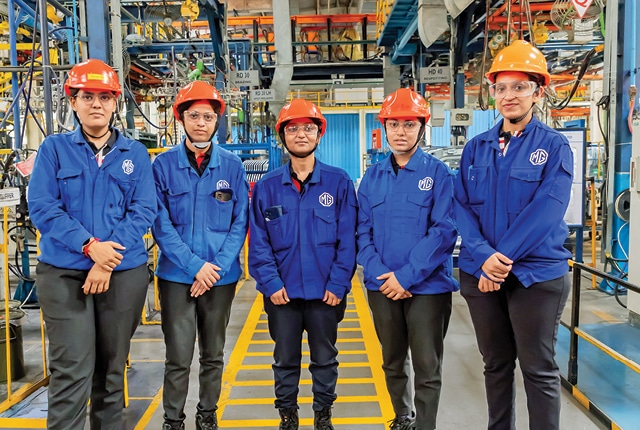


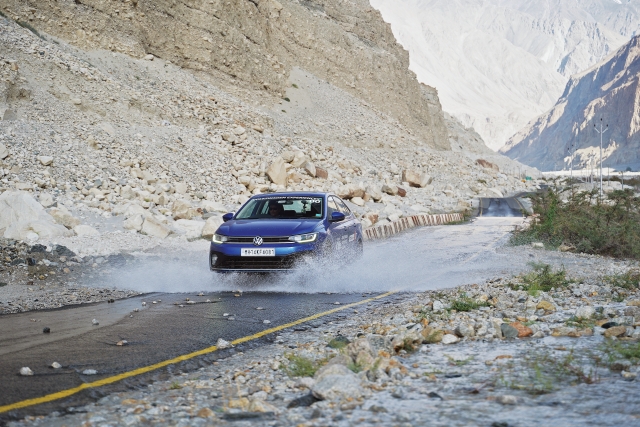
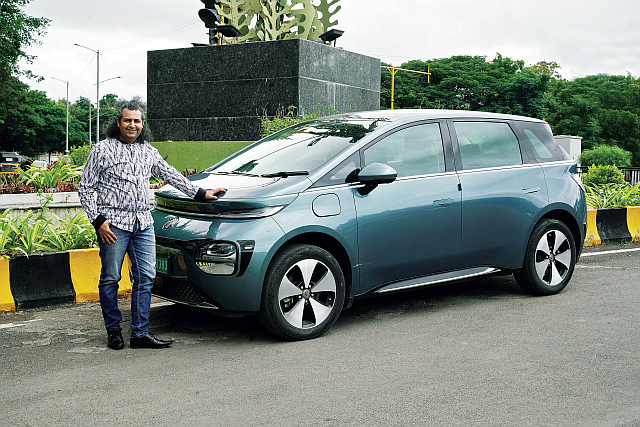
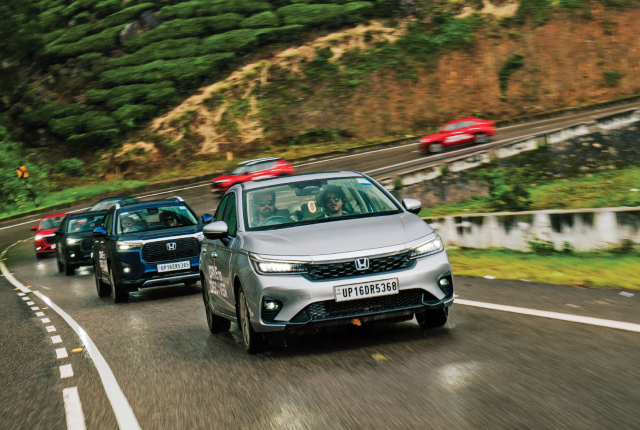
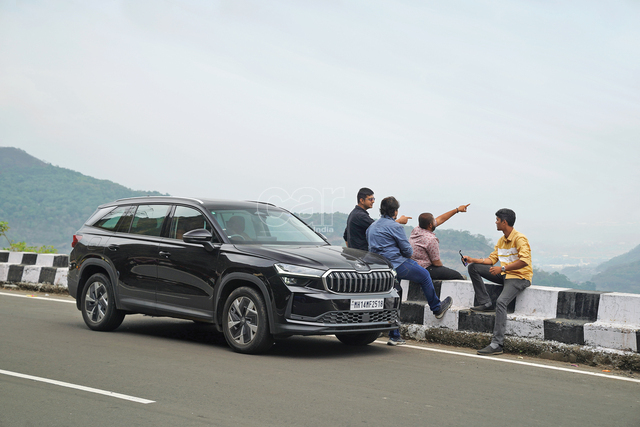
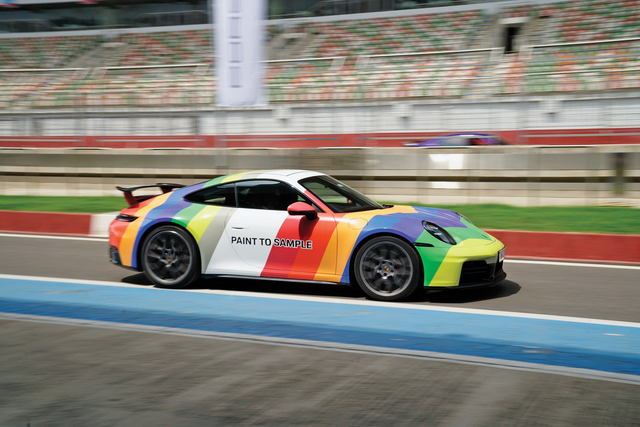

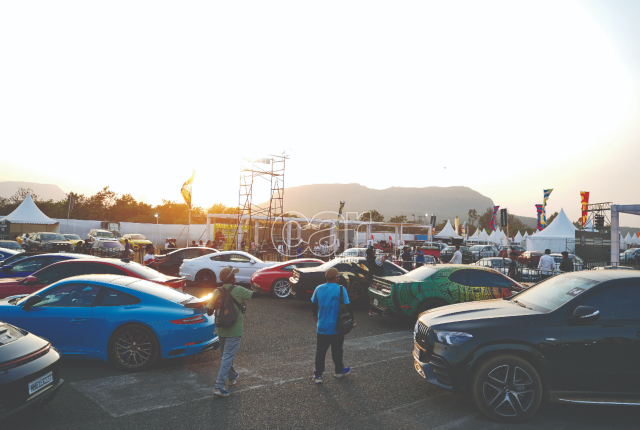



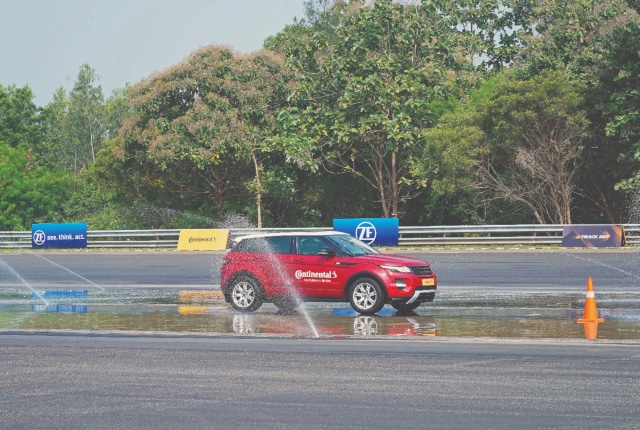

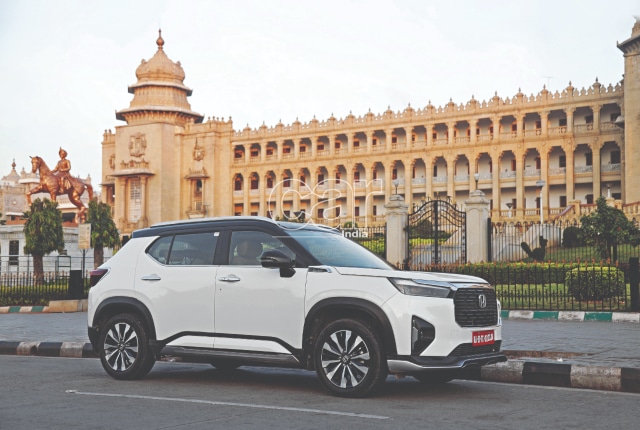
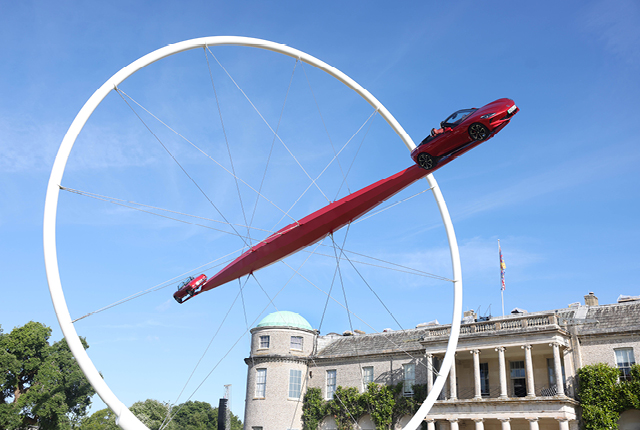



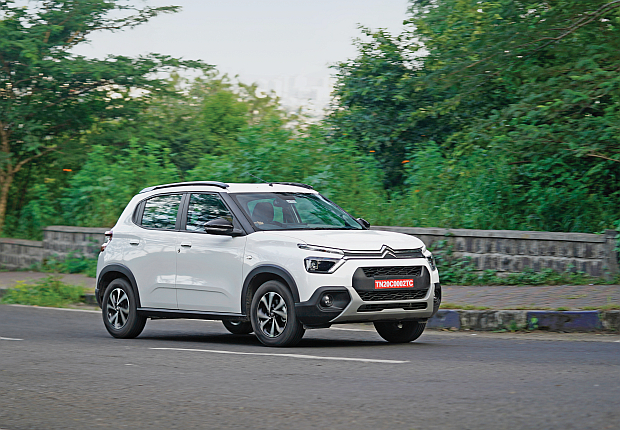
Leave a Reply